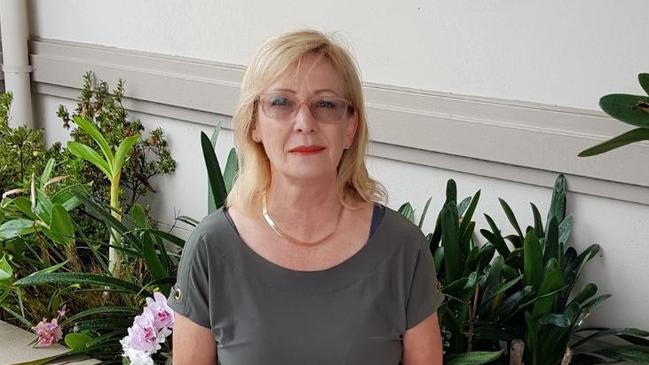A grieving brother breaks his silence as police reveal new DNA evidence in historic cold case
Suzie Schmidt was violently murdered 50 years ago, but the case was never solved. Her brother Frank – and the police – have never given up hope.
Police & Courts
Don't miss out on the headlines from Police & Courts. Followed categories will be added to My News.
Frank Schmidt was only 10 when he lost his big sister Suzie. It was just a week before Christmas in 1971. He had already chosen her present, neatly wrapped it and lovingly placed it proudly under the tree in the loungeroom of their family home.
But Suzie would never open Frank’s present. In the early hours of Saturday, December 18, Suzie would apparently accept a lift from a male predator, most likely on the false premise of dropping her at her Seacliff Park home.
Instead, the unknown man took the 16-year-old to a lonely paddock off Adams Rd at Hallett Cove where he raped and murdered her. Last seen at 1.46am when she clocked off at Burger King, her body was found later that day.
“I feel robbed; what happened changes you as a person, I became withdrawn,’’ Frank said candidly on the eve of the 50th anniversary of Suzie’s death.
“It has taken me 50 years to in a sense express myself and have conversations, proper conversations, with people.
“I have known people for decades and not really spoken to them because it changed me, I withdrew. I still had mates but I would think about things a lot and would not verbalise it and express to others how I felt.
“I know I would have been a different person and our family would have been different if this had not have happened.’’
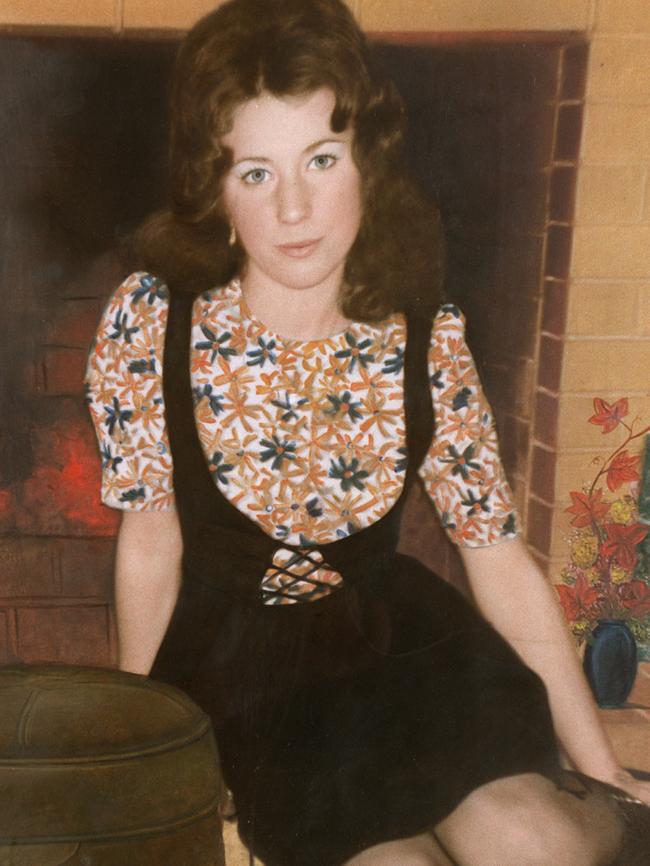
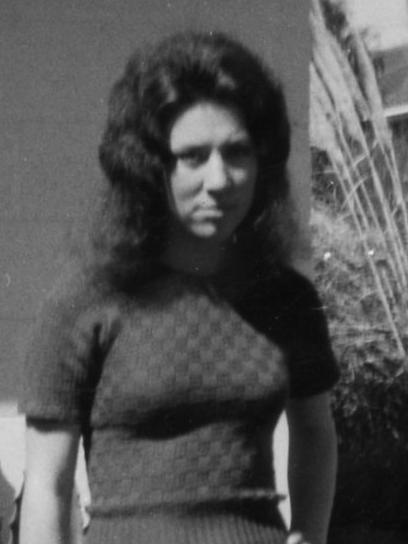
Despite intensive investigations in the months following Suzie’s murder, the case stalled because of the lack of solid information and positive leads. In all likelihood, the offender has told no-one what he did to Suzie that fateful morning, making the job of investigators more difficult.
But ironically almost 50 years later, the best lead in the cold case has been provided by the offender himself with police now conducting fresh inquiries after successfully obtaining a partial DNA profile during extensive testing of items of Suzie’s clothing at Forensic Science South Australia.
No match – yet
Case officer detective Brevet Sergeant Paul Tucker said that partial profile had been uploaded on to local and national DNA databases, but there had not yet been a match.
“It is re-run every week to compare it to new profiles as they are added to the databases,’’ he said.
Familial testing – examining DNA profiles already on the database similar to the reference profile – has already resulted in a number of individuals being excluded from the investigation and is continuing.
“If the person who did this was around the same age as Suzie he is now in his mid-60s or even older,’’ Brevet Sergeant Tucker said.
“Realistically, we have to really rely on any family member of the offender doing something wrong and having their DNA uploaded on to the database.’’
Detectives have followed hundreds of leads over the past five decades – many in recent years thanks to DNA advances.
In 2013 detectives exhumed the remains of a man who died six months after Suzie who had links to Burger King, where she worked, and who also knew her. The man has subsequently been eliminated from the inquiry because of the new DNA profile.
Another lead involved a man who was a key cutter whom Suzie knew quite well. Forensic examination of her clothing found metal filings, but the man has been eliminated through DNA matching after detectives travelled interstate and he voluntarily provided a sample.
Brevet Sergeant Tucker said he believed the key to solving the case was already in the extensive case file. Detectives have been systematically working through the process of obtaining a DNA profile from individuals spoken to in the initial stages of the investigation to check against the DNA profile of the offender.
“That has been an ongoing process and will continue and there is more work to be done with familial DNA,’’ he said.
“Hopefully as we work through the names already in the file and continue with familial testing that will provide a breakthrough.’’
Shocking loss
Frank Schmidt, 59, was just five when his mother died and to a large extent, Suzie took over her role. His father Werner Schmidt was an interstate truck driver and a stepbrother and sister were older and spent little time at home.
“I was home alone a bit, but Suzie filled in almost a motherly role,’’ he said.
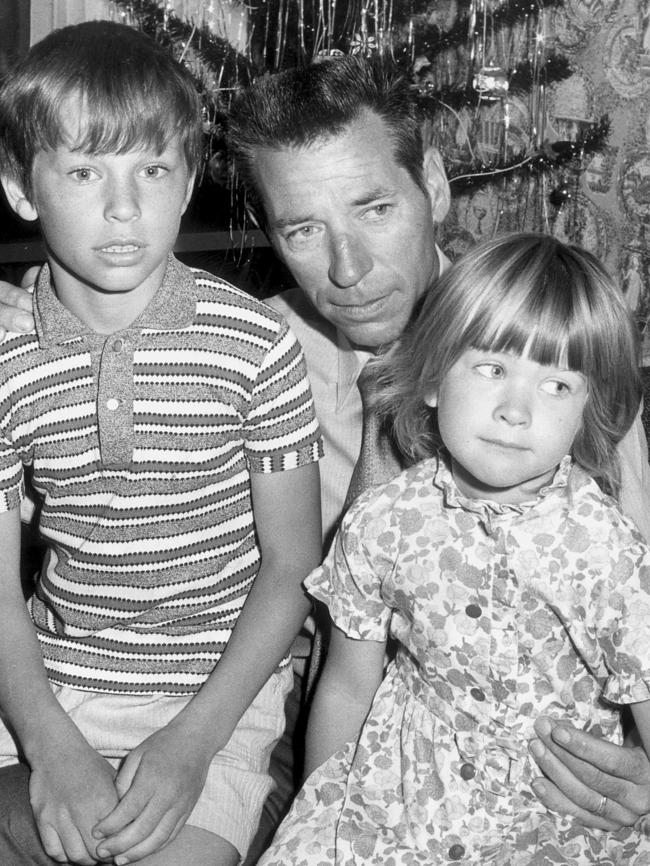
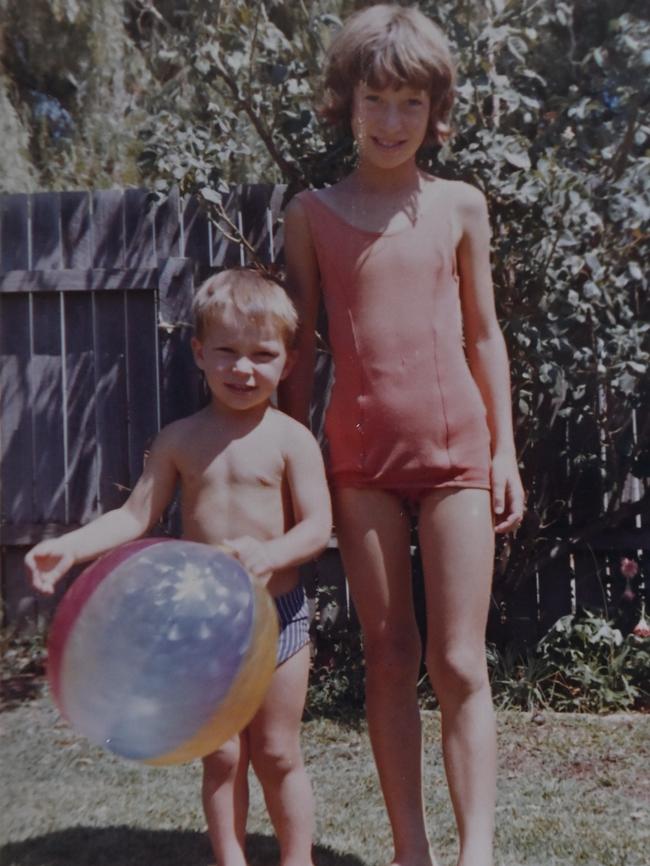
He can still remember the day Suzie was murdered. When she had not arrived home by 9.30am on the Saturday morning her father contacted police. He says he initially thought Suzie may have gone somewhere after finishing her shift at Burger King, but that theory soon evaporated as the hours passed.
“Suzie had never done that before so my thoughts were that she was going to be in trouble,’’ Frank said.
“As the day went on Anne-Marie, my stepmother started saying something was wrong and told Dad to do something and Dad contacted police.’’
Frank, a water safety and surf instructor who lives on the south coast, said the blunt reality of the situation struck when police were at the front door that evening talking to his father and breaking the terrible news to him.
He recalls his father going with police to identify Suzie’s body and returning home. He later overheard him talking to his stepmother about seeing Suzie and how she had “dried blood in her hair and how it looked like she had put up a fight’’.
“I was in shock. I know I was young but you still go through the processes of grief. Initially it is shock and then there are other stages. I know at a point I was angry even though I was only 10,’’ he said.
Frank said as time moved on in the ensuing years, feelings of anger and rage were also present.
“I felt if this person had gone to court I wanted to do something to them and yet I was only that young. I’ve never said it before, but that’s how I felt,’’ he said.
“That is probably the anger side of grief. That’s probably revenge, not that I feel like that now.
“But the longer it has gone on I hope that karma is a real thing and that this person has had a miserable life.”
Hope still
Although he is well aware the passage of time is perhaps the biggest obstacle to resolving Suzie’s murder, Frank says he has never given up hope of finding justice for Suzie.
And even if current investigations discover the offender is now dead he feels that would help provide some much-need closure.
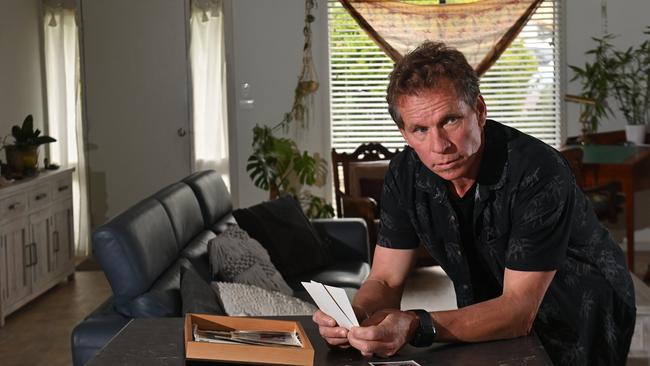
Over the years detectives have kept him informed of developments – including the exhumation of a person of interest. When told the DNA did not match the profile from Suzie’s body he was obviously disappointed, but he still believes the case likely hinges on forensic technology, rather than physical leads.
While he supports the $1m reward in the case, he doesn’t believe that should be necessary to yield information if someone has knowledge of what occurred.
“Imagine if you had a 16-year-old daughter and she did not come home. I don’t know how my father coped with it,’’ he said.
“It is hard to say whether conscience, whether someone knows something and may need to clear their conscience, whoever did it may have told someone else. It could be through a chain of connections.
“Sometimes money talks, but you would have thought that would have happened already.’’
While it has taken Frank many decades to come to terms with his loss and manage his grief, Suzie’s loss still weighs heavily on him. It saddens him his father died never seeing resolution.
And while there has been intense speculation surrounding the circumstances of Suzie’s murder, Frank believes it is simple as Suzie getting tired of waiting for her father to pick her up after he was delayed in completing his shift at the German Club in the city and accepting a lift from someone promising to take her home.
“As your family passes away, it is like carrying a burden or a weight,’’ he said. “She was just a teenager, naive and perhaps too trusting, like everyone was then.’’
Beloved friend
Frieda Piechnick can still hear her prophetic last words to her best friend.
Although it was almost 50 years ago, she vividly remembers telling Suzie Schmidt not to hitchhike home after her finishing her shift at Burger King.
Although the pair had secretly hitchhiked into the city and home again on dozens of occasions together without incident, she feared for the safety of her best friend if she did it alone in the early hours.
“Suzie was at my house before she started work that night and I walked with her to work,’’ she said. “I remember the burgundy and tan checkered corduroy hot pants and black laced-up boots she was wearing; they were a birthday present from her parents. She looked gorgeous.
“I said to her, Suzie whatever you do, do not walk home. We did hitchhike together, but by herself, I was concerned and she promised me she wouldn’t.’’
Frieda said she believed Suzie, naturally friendly and perhaps too trusting, would have willingly accepted a ride that fateful night “thinking everyone is nice’’.
“She had never had a boyfriend, she had never been with anyone. We were so naive, both of us. Doing what we used to do was stupid,’’ she said. “I think she would have trusted whoever it was that picked her up and offered a lift.’’
Ms Piechnick has fond memories of Suzie. The pair were close and spent considerable time together in the two years they were at Seacombe High School.
Ms Piechnick said when she learned Suzie had been murdered she was devastated. “Although it has been 50 years since my wonderful, fun-loving, caring and most of all innocent friend was murdered, I still think of her often.
“I try to block out the fear and pain she would have endured ... but I will never forget my loving friend Suzie.’’
